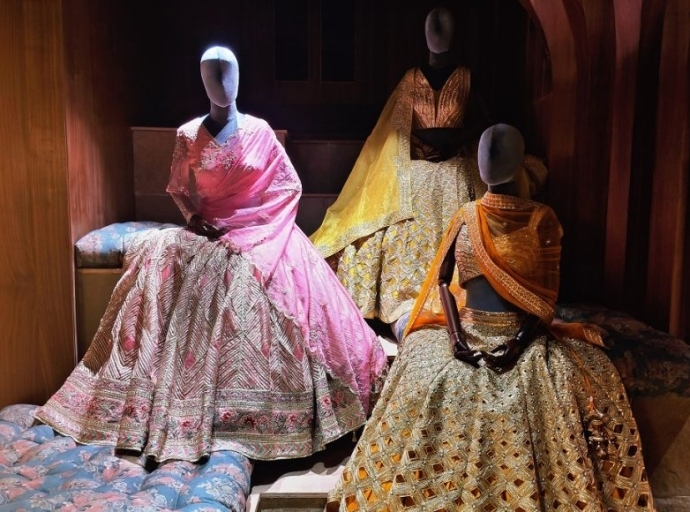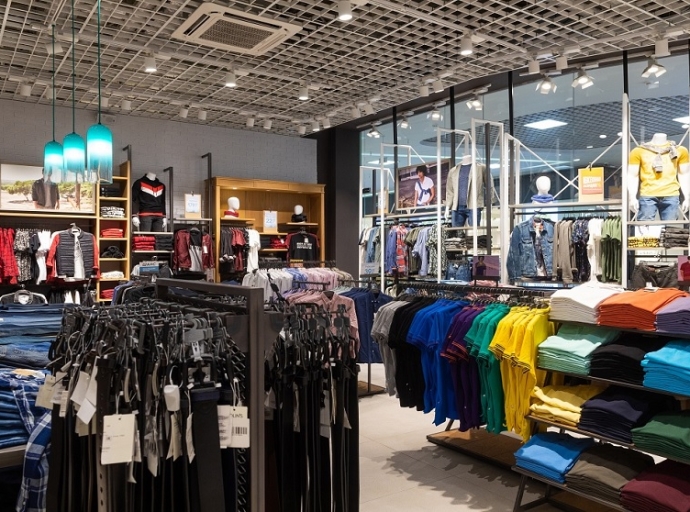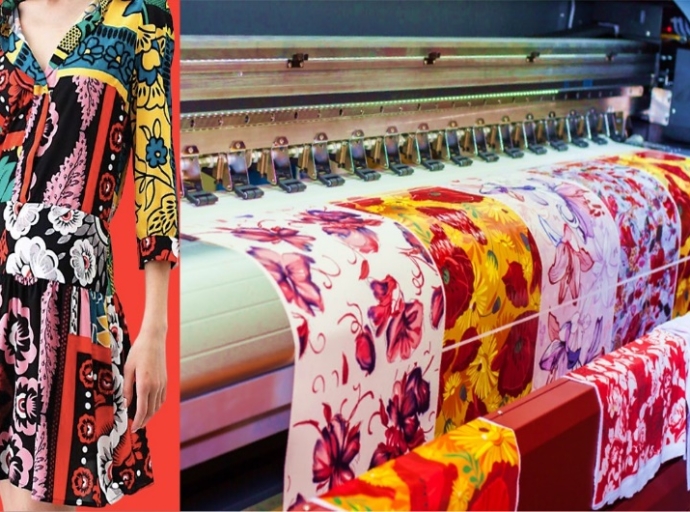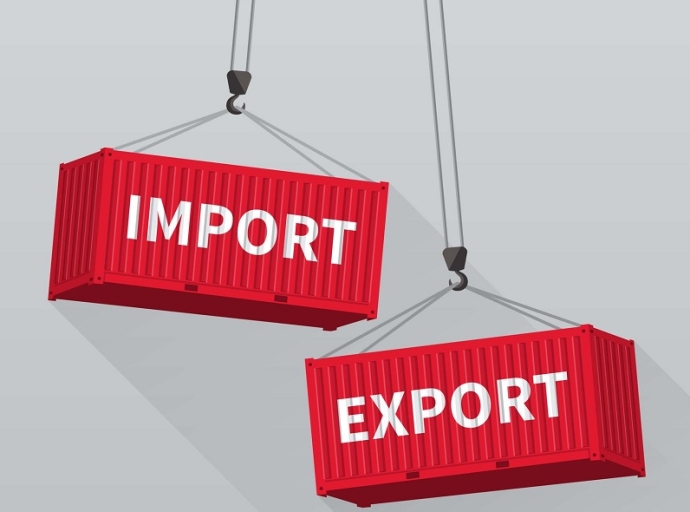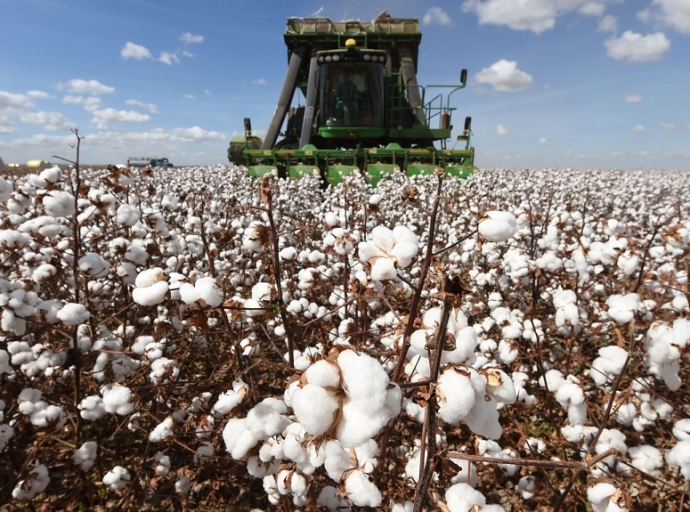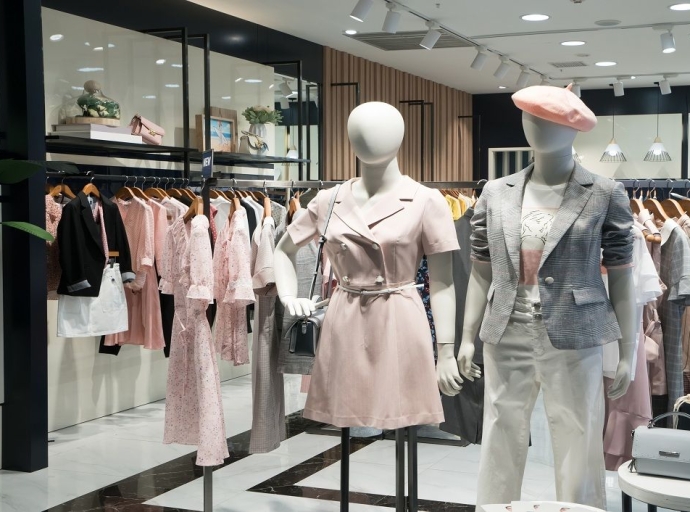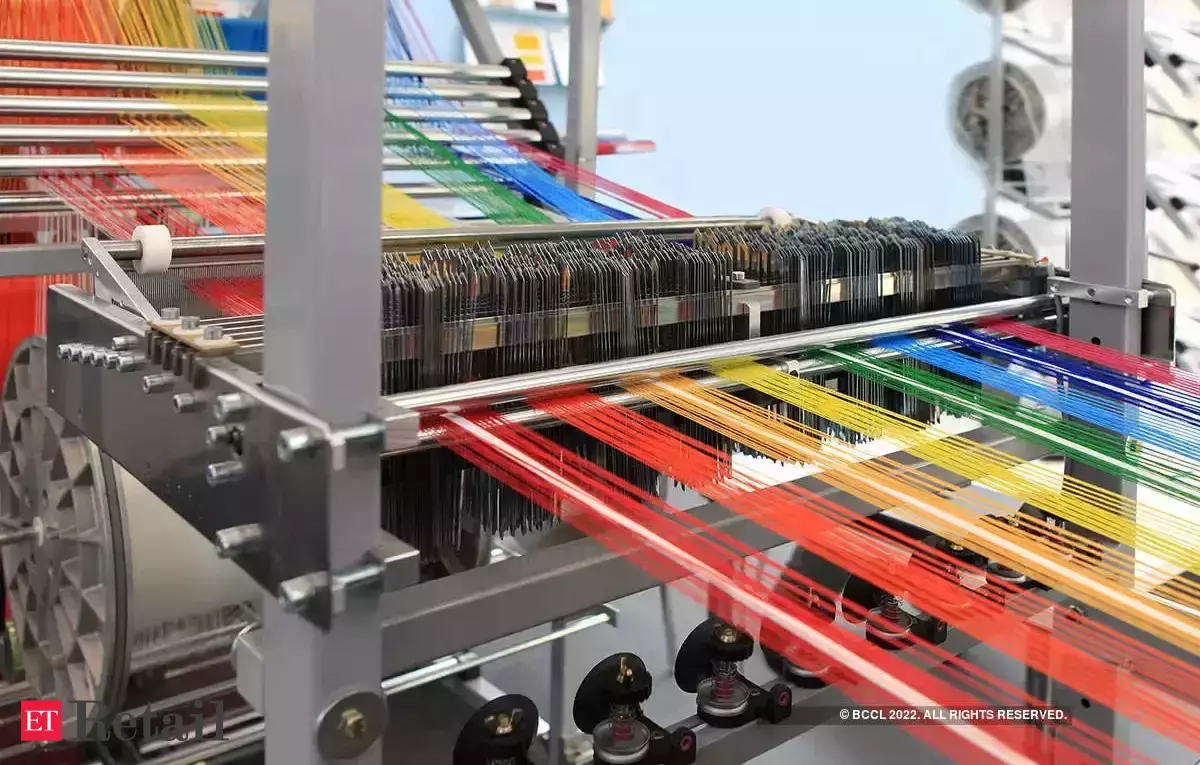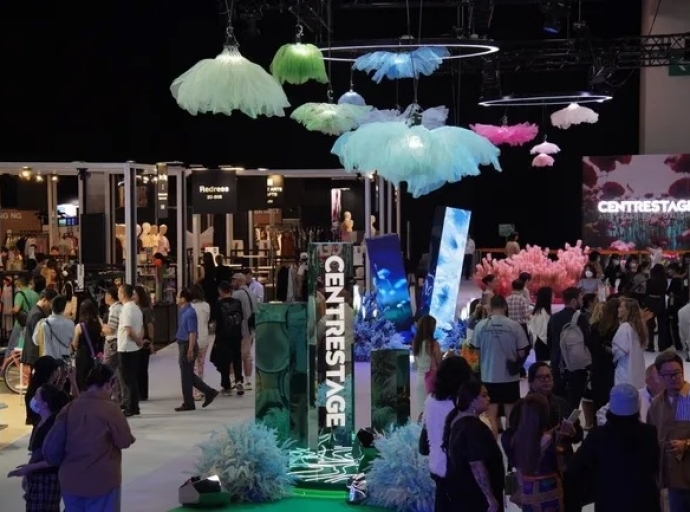29 September 2023, Mumbai
Revenue Growth Expected to Reach 7-8% in FY23-24
A recent report by CRISIL Ratings has revealed that brick-and-mortar apparel retail is returning to normal, with revenue growth expected to reach 7-8% in the financial year 2023-24 (FY23-24).
This is being driven by the upcoming festive and wedding seasons, as well as the return to office and buoyant corporate activity.
Data points; The report, which analyzed 39 apparel retailers who accounted for 25% of Rs 1.9 lakh crore revenues in FY22-23, also found that demand from the premium segment is rising gradually, with consumers increasingly preferring branded garments. This is helping to offset muted-to-low demand from the economy and value segments, which generate 60% of total revenues.
Observation
However, the report also cautioned that there are some challenges that retailers need to be aware of, such as commodity inflation, the impact of erratic monsoons, and inflationary pressures on purchasing power.
Additionally, the report found that capital expenditure on store expansion in FY23-24 is expected to be around Rs 2,000 crore, lower than the Rs 2,500 crore spent in FY22-23.
Overall, the report is optimistic about the future of brick-and-mortar apparel retail in India, with revenue growth expected to reach 7-8% in FY23-24. However, retailers need to be aware of the challenges that lie ahead and take steps to mitigate them.
Indications of the road ahead
Despite the optimism of the CRISIL report, the indications so far have been mixed for retailers. For example, leading retailer Aditya Birla Fashion and Retail Limited (ABFRL) reported a consolidated loss of Rs 161.6 crore in Q1 2023-24, while Page Industries reported a 23% drop in consolidated net profit to Rs 158.3 crore in the same period.
However, Raymond got lucky with a consolidated net profit of Rs 1,066.7 crore after having gained from the sale of the consumer division to Godrej Consumer Products.
It remains to be seen whether the brick-and-mortar apparel retail sector will be able to sustain the positive momentum predicted by the CRISIL report.
However, the upcoming festive and wedding seasons are expected to provide a boost to sales.
5 key insights:
- Revenue growth: 7-8% in FY23-24
- Drivers: Festive and wedding seasons, return to office, buoyant corporate activity
- Premium segment: Rising demand
- Challenges: Commodity inflation, erratic monsoon, inflationary pressures
- Store expansion: Capital expenditure to be Rs 2,000 crore

